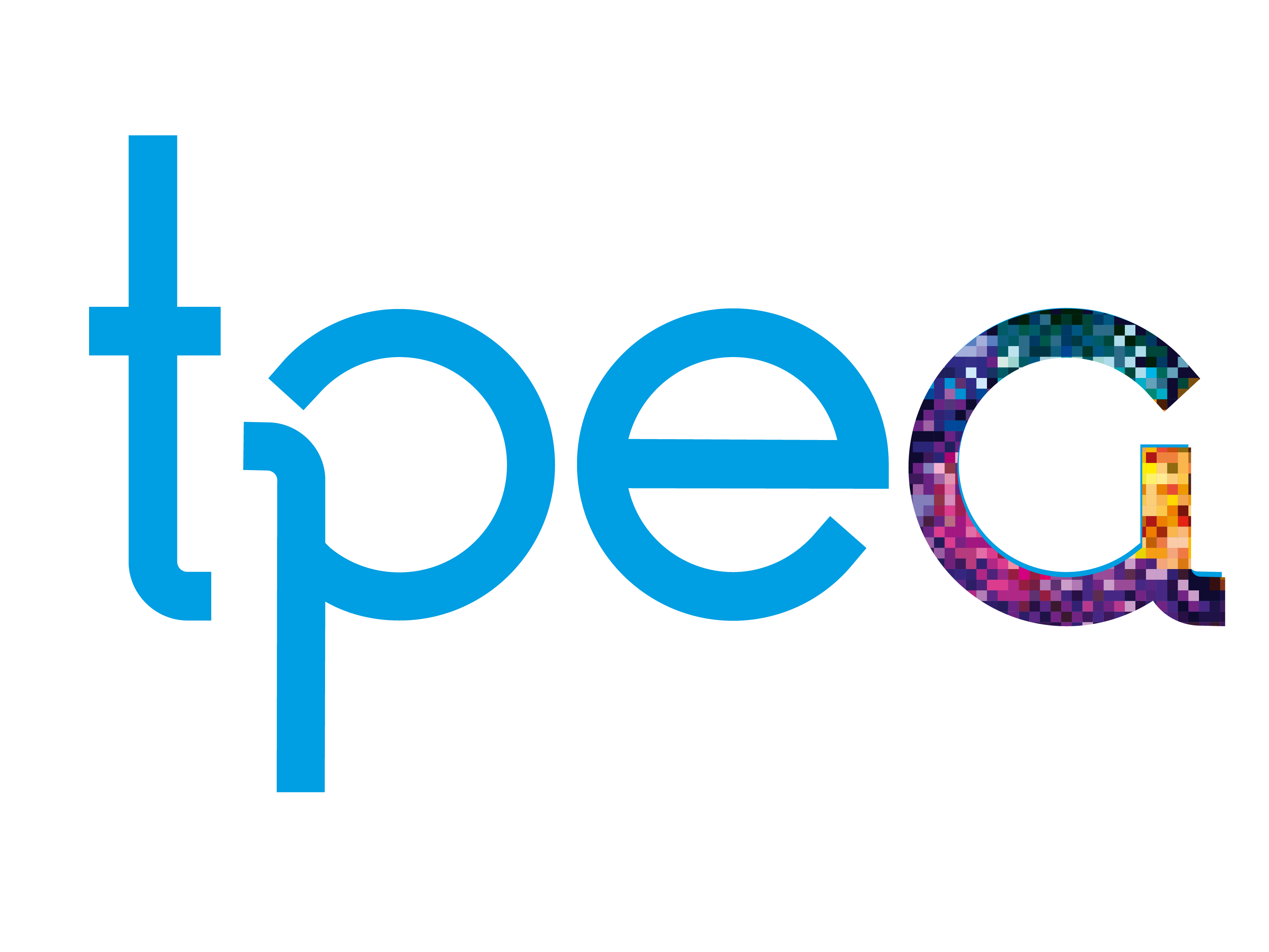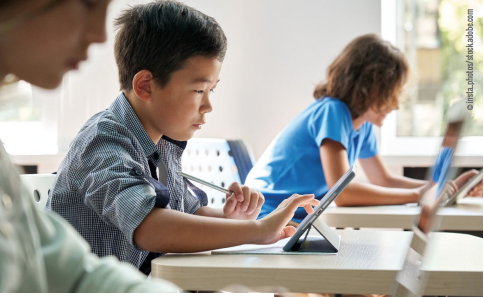Digital technology for the classroom is becoming increasingly sophisticated, and there are a wide variety of products available to support administration, teaching, learning, and assessment. This article is drawn from Alastair’s undergraduate dissertation, which aimed to understand what primaryschool teachers in the UK saw as the issues and opportunities around the effective use of educational technology during the pandemic. This article will first explore the findings of existing research, before summarising the findings and recommendations from Alastair’s study.
The app generation According to the United Nations Educational, Scientific and Cultural Organization (Unesco) and research carried out for the UK’s National Foundation for Educational Research, most aspects of educational technology adoption during 2020 were influenced by the impact of coronavirus, which saw over half a billion learners worldwide transitioning to extended periods of alternative methods of instruction. This shift has been a learning process for both digital native teachers (those considered to be indigenous to a digital world) and digital immigrant teachers (born before the widespread use of technology) FEATURE who are teaching the app generation (young people for whom the use of apps is an integral part of living).
Previous research has found little difference between the educational practices of these two groups of teachers (helloworld.cc/li2015). The successful integration of technology is still significantly correlated to perceived teacher abilities, efficacy, access to technology, and in-service training. Interestingly, teachers who are classed as digital natives have “not necessarily become more comfortable keeping pace with the fast rate of change in technology”. Alastair’s research identified that this was due to their views around how pupils engage with technology and how it can impact their achievement.
The ability of schools to prepare pupils for the modern world relies on the digital upskilling of staff and the integration of teaching and learning opportunities relevant to pupil experiences. However, as of September 2020, most UK teachers believed their pupils were three months behind in their curricular learning, with an increasing disparity in achievement between disadvantaged pupils and more advantaged classmates. Senior leaders reported that 28 percent of pupils had restricted access to technology at home. When asked about their experiences of online learning, nearly three-quarters of teachers felt that the limitations of remote teaching prevented them from maintaining their usual standards (helloworld.cc/dfe2020).
A bar chart displaying how beneficial respondents perceived educational technology to be in teaching different groups of primary-school pupils
Findings of this study
Research methods for Alastair’s study included online questionnaires and online interviews, with 903 valid questionnaire responses and four interviews collected from primary-school teachers in the UK. The data suggests that most UK primary-school teachers were moderately confident in using educational technology in their teaching. However, the breakdown of responses indicated that longer-serving teachers felt less confident. Many cited their age as a factor in their efficacy, demonstrating an awareness of their limitations and rating themselves as ‘consciously incompetent’. Respondents who had been teaching for up to a year were most likely to rate themselves at the extremes of ‘very confident’ or ‘not very confident’. These teachers would largely fall into the digital native community, and Alastair suggests this could be due to unconscious incompetence, as early-career teachers’ experience in schools is limited. Teachers’ experience of training, and the support they received for implementing new technology, were also cited as important factors in how well, how confidently, or how much they would use educational technology.
Respondents found the speed at which educational technology had developed challenging, and saw student teachers and early-career teachers as valuable sources of information. There was a distinct focus on the impact of Covid on experiences with educational technology, with many respondents stating that schools were ill-prepared for the introduction of online teaching during the lockdowns, but that use of educational technology ultimately mitigated some of the effects of the first lockdown on learning and progress.
Benefits and recommendations
When asked about the perceived benefits of using educational technology with children with additional needs, pupil premium children (disadvantaged pupils for whom the school receives additional funding), and children who speak English as an additional language, 70 percent of respondents said it was ‘very beneficial’. Similarly, they believed that educational technology offered specific benefits for these learners, including opportunities for improved communication, self-expression, and access to a range of specifically designed resources. Again, the responses were focused on the problems around providing disadvantaged pupils who lacked technology at home with access to remote learning during the pandemic.
The recommendations that have evolved from Alastair’s study are threefold. Firstly, an overview of how technology is already being used in settings, and how effectively, offers a baseline from which to develop. This would allow settings to put in place training relevant to the available technology. Secondly, early-career teachers should not be assumed to have the necessary skills, knowledge, and experience to use educational technology confidently and effectively in their teaching. There is scope for working with teacher education providers so that we can better understand their prior experiences. Finally, to keep pace with the changing nature of educational technology, there is both a personal and professional responsibility to take up opportunities to update skills and professional practice.
Summary of recommendations
This study concluded that schools could take the following steps to increase the opportunities and reduce the challenges of using educational technology:
• Audit the current provision in settings
• Develop a whole-school strategy for effectively embedding educational technology and raising the confidence of all teachers
• Work with initial teacher education providers to understand earlycareer teachers’ experiences of educational technology 
Alastair Snook
Alastair teaches pupils aged nine to ten at a primary school in Warwickshire, UK. Before achieving a first-class degree in primary education at the University of Northampton, UK, he worked for Learning Accelerators as an educational technology consultant (@TheMrSnook).

Dr Emma Whewell
Emma is an associate professor in teaching and learning at the University of Northampton, UK (@UoNPEemma).
This article is adapted from an original article written by Alastair and Emma for Hello World Magazine. The details of the original article are below.
Whewell, E. and Snook, A. (2022) Digital Literacy and Philosophy for Children. Hello World, 19, 54-55. Available at: http://helloworld.raspberrypi.org/issues/19/pdf [Accessed 21 August 2022].







